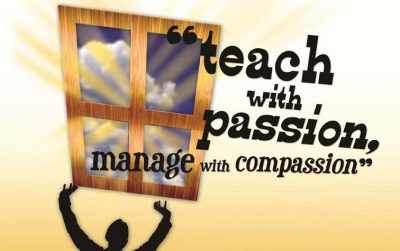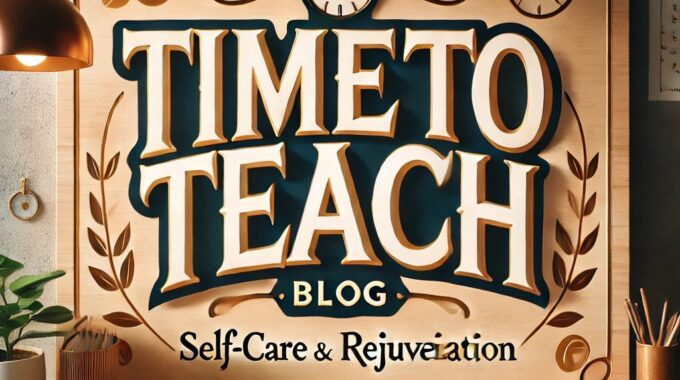As we turn the corner into spring, it’s the perfect time to refresh our teaching…
9 questions that help get at student agency and personalization
We believe in thanking our sources! This post was sourced from the following blog/website: http://feedproxy.google.com/~r/dangerouslyirrelevant/~3/eg7tQkUAGak/9-questions-that-help-get-at-student-agency-and-personalization.html
The following is a new blog post related to education and teaching and relevant to our website visitors. The blog post is not based on the opinions or values of our company but is related to education and teaching, so we wanted to share it with YOU! If you ever have any questions please let us know. Now… on to the post!
 If your goal for a lesson, unit, or other instructional activity is to have students drive more of their own learning, consider these 9 questions from Section C of the 4 Shifts Protocol. If you like your answers, awesome! Keep doing that! If you’re not where you want to be yet, pick a couple of questions and select your desired answers instead (e.g., Students instead of Teachers or Both). Then do a redesign pivot: How could you redesign the student learning experience to get to your desired answers? Brainstorm with some colleagues or a coach about how to shift the two questions you picked toward greater student agency. Then go do that instead to get closer to your goal!
If your goal for a lesson, unit, or other instructional activity is to have students drive more of their own learning, consider these 9 questions from Section C of the 4 Shifts Protocol. If you like your answers, awesome! Keep doing that! If you’re not where you want to be yet, pick a couple of questions and select your desired answers instead (e.g., Students instead of Teachers or Both). Then do a redesign pivot: How could you redesign the student learning experience to get to your desired answers? Brainstorm with some colleagues or a coach about how to shift the two questions you picked toward greater student agency. Then go do that instead to get closer to your goal!
C. Student Agency and Personalization
- Learning Goals. Who selected what is being learned?
- Students / Teachers / Both
- Learning Activity. Who selected how it is being learned?
- Students / Teachers / Both
- Assessment of Learning. Who selected how students demonstrate their knowledge and skills and how that will be assessed?
- Students / Teachers / Both
- Talk Time. During the lesson/unit, who is the primary driver of the talk time? [who’s doing most of the talking, determining whom/when others can talk, etc.]
- Students / Teachers / Both
- Work Time. During the lesson/unit, who is the primary driver of the work time? [who’s making the decisions about the work time, ensuring progress, etc.]
- Students / Teachers / Both
- Interest-Based. Is student work reflective of their interests or passions?
- Yes / No / Somewhat
- Initiative. Do students have the opportunity to initiate, be entrepreneurial, be self-directed, and/or go beyond the given parameters of the learning task or environment?
- Yes / No / Somewhat
- Technology Selection. Who selected which technologies are being used?
- Students / Teachers / Both
- Technology Usage. Who is the primary user of the technology?
- Students / Teachers / Both
The 4 Shifts Protocol is a fairly new resource that helps teachers, principals, and instructional / technology coaches shift student experiences toward deeper learning, greater student agency, more authentic work, and rich technology infusion. The protocol provides some fairly concrete ‘look fors’ and ‘think abouts’ and can be used as both a diagnostic and a redesign tool. For best results, focus on claims and evidence. That is, if we say something is there (e.g., students’ opportunity to be entrepreneurial or go beyond the assigned task), we should be able to point to it and say, ‘Yes, it’s right there and it’s awesome!’
So far the 4 Shifts Protocol is proving to be a nice complement to SAMR, TPACK, Triple E, PBL, UbD, and other instructional frameworks. And many educators are using these smaller shifts in existing lessons and units to build the capacity of themselves and their students to do more complex project- and inquiry-based work. The protocol is free and licensed under a Creative Commons Attribution-Share Alike International copyright license, so use and modify it as desired!
Let me know what questions you have. Hope the protocol is useful to you!
Time To Teach reviews each blog post by our contributors but if you feel this is a blog post better suited for another page please let us know.
Teachers and Educators are our heroes. We want to thank you for the work you do!
Yours In Education!
Time To Teach


Comments (0)